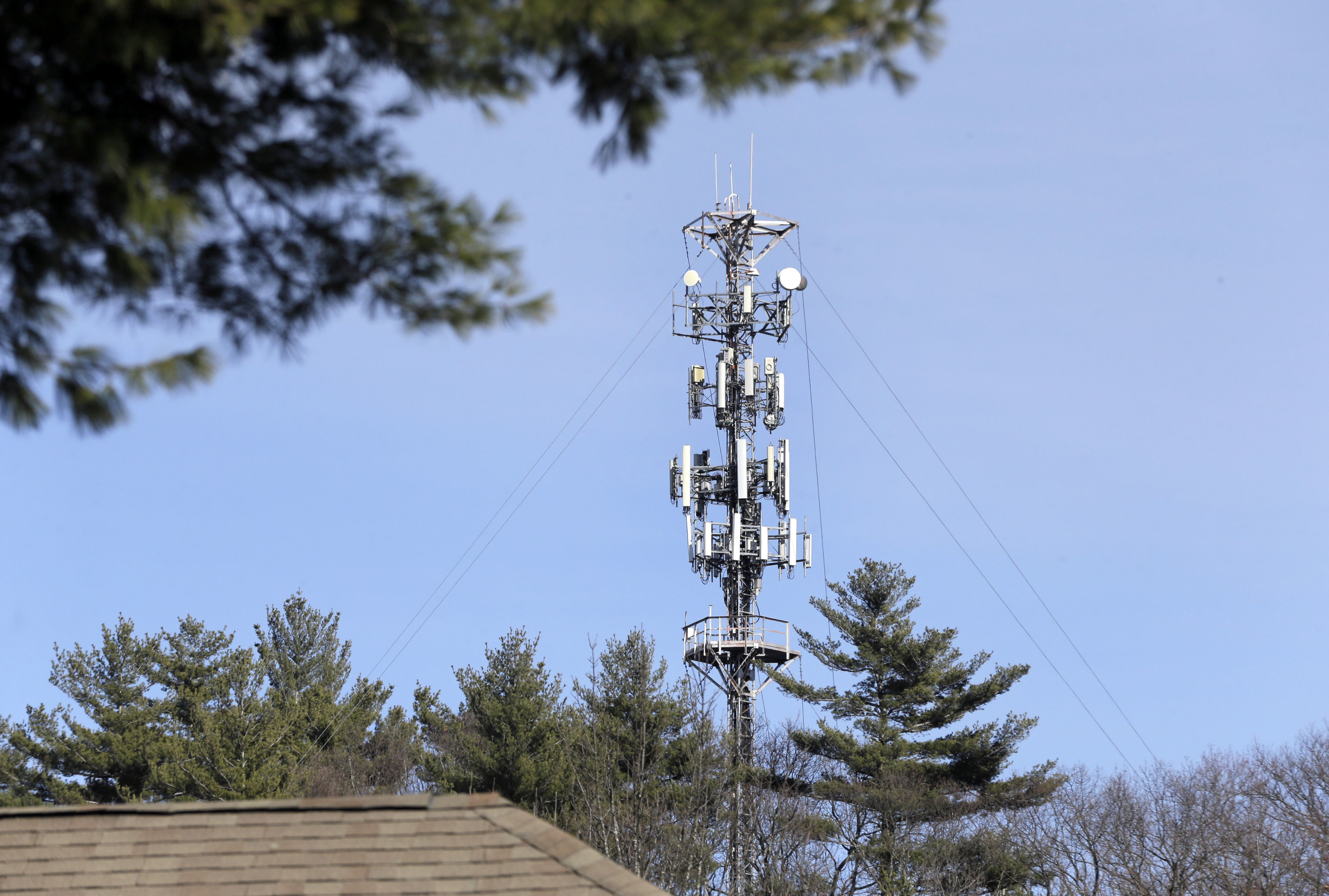What is the safest distance from a 5G cell System?

If you've ever walked through a town, you may have seen tiny cell towers for 5G on street light poles. They look like small boxes, but they're actually broadcasting wireless signals from cellular providers to your phone.
They are replacing the larger, purpose-built cell towers. While they're less noticeable however, they could cause problems for people.
The Federal Communications Commission's Radiation Exposure Thresholds
The FCC's Radiation Exposure Thresholds establish the safe limit at which an individual can be exposed to electromagnetic radiation from wireless devices. The limits of exposure are based on research that show that RF energy could cause harm to health.
The specific absorption rate (SAR) is a measure of the amount of radiofrequency energy taken up by tissues. It's typically 1.6 milliwatts per kilogram spread over a kilogram of tissue.
But, since 5g operates at higher frequencies, it has the potential to create more energy on the skin as well as other body parts. This could lead to a wide range of potential problems, including an increased the development of skin conditions like dermatitis, skin cancer and cataracts.
Due to the potential for harmful effects of radiation from 5G, PSU has chosen to set a general localized power density limit of 4 mW/cm2 based on the average over 1 cm2, and never to exceed 30 minutes, for the entire 5G spectrum at 3000 GHz. This limit for localization is in line with the highest SAR that is spatially averaged at 1.6 W/kg averaged over 1 grams of tissues at six GHz.
The FCC's Maximum Exposure Thresholds
In the event that you've used mobile phone, you probably know that the safest range from the tower is at least 400 meters. This is due to the transmitting power of the cell tower is significantly increased the further your location from the tower.
While this sounds like something that's good however, people who live close to towers may actually be more prone to health problems. For example, a study from 2014 in India found that those living within 50 meters of cell towers experienced significant more health issues than those who lived farther distance from them.

However, this study also showed that residents who moved to areas that were further from cell towers noticed their symptoms improve within a few days. Other studies have shown that exposure to high amounts of electromagnetic field radiofrequency (EMFs) could cause brain tumors, cancer as well as other health issues.
This is because RF radiation, which is used in wireless communication can be absorbed by the body's outer layer, which is the skin. what is a safe distance from a 5g cell tower is vital to be aware of because the skin acts as a shield against injury to the body, infection caused by pathogenic microorganisms and entry of toxic substances. The skin is the most important organ in the human body. It is responsible for keeping the integrity of other organs.
The FCC's Minimum Exposure Thresholds
The FCC's Minimum Exposition Thresholds are based upon many assumptions that aren't supported by scientific research. These include the erroneous assumption that short-term exposures to RF radiations are not harmful due to the limited penetration into the body (i.e., tissue heating).
what is a safe distance from a cell tower ignores the deeper penetration of the ELF elements of modulated radio signals, as well as the effect on the body of short bursts from pulsed RF waves. These assumptions do not correspond with the current understanding of biological effects of RF radiation. As such, they should not be used for health protective exposure guidelines.
In addition to that, ICNIRP and FCC are limiting their maximum exposure limits to local peak SARs that are based on the peak frequency of absorption (psSAR) which is an inadequate dosimetric tool to assess the amount of radiation exposure. In particular the psSAR tool is not accurate for frequencies that exceed 6 GHz. Furthermore, psSAR has not been evaluated for RF radiation that is exposed to other environmental agents such like sunlight. Interactions of RF radiation and other agents in the environment could cause synergistic or antagonistic impacts. This would result in an increased risk of adverse health adverse effects. For example, exposure to RF radiation and sunlight could cause an increase in the incidence of skin cancer, and may also exacerbate other skin diseases such as acne.
